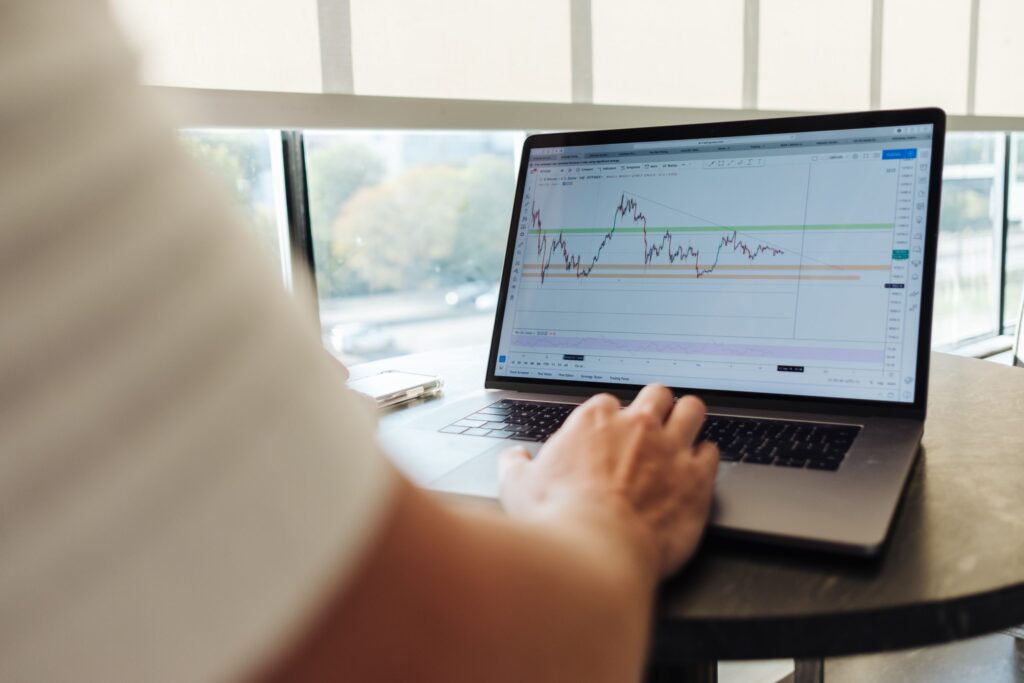Readers of the financial press may be familiar with the oft-quoted line, “the stock market is not the economy”. The statement is meant to address the apparent contradiction between the performance of the stock market (up) and direction of the economy (down). Since mid-March, the S&P 500 has rallied more than 60 percent while US GDP collapsed by nearly 10 percent in the second quarter, thousands of small businesses have closed, and more than 13 million people remain unemployed.
To explain the market’s seemingly irrational response, market strategists have focused on the following: 1) a huge injection of fiscal and monetary support from the federal government; 2) positive economic momentum as the economy reopens; 3) a full-court press by the world’s scientific community to develop a vaccine; and 4) a reminder that the stocks are valued on the basis of long-term future earnings. Investors are looking beyond the valley to a time when human behavior returns to normal and the economy is generating steady growth.
Looking deeper, though, headlines trumpeting the big gains in the stock market this year are narrowly reflecting the performance of a small handful of large technology stocks whose business models are well-suited for a pandemic. Five companies we will call the Fab 5 (Amazon, Apple, Google, Microsoft, and Facebook) now represent more than 24% of the entire value of the S&P 500. (The value of Apple alone, which recently eclipsed $2 trillion, is approaching the entire value of the Russell 2000 Index.) Collectively, these companies are up more than 63 percent in 2020, contributing mightily to the S&P 500’s 10% YTD gain.
During the tech bubble in 2000 (before the big market crash), the top 5 companies accounted for 18.5% of the market value of the index. One would have to go back to 1975 to find a time when the impact of the largest five stocks was as significant as today.
Underneath the surface, however, substantial weakness persists. Nearly a third of S&P 500 stocks are still more than 20% below their February peaks. As a group, energy stocks are down more than 39% this year, financial stocks are down more than 17%, and publicly traded real estate stocks are down 10%. Small cap stocks remain more than 10% below their starting level this year, and developed international stocks are down more than 5%.
Investors who failed to maintain significant exposure to the Fab 5 names are likely to be significantly underperforming the S&P 500 this year. Clients who are mostly invested in US equity index funds are participating in lockstep with the rise of the index.
Nonetheless, the uninterrupted rise of a narrow handful of stocks is beginning to raise some alarms. According to Yardeni Research, these five stocks are trading at 44.3 times forward earnings, while the rest of the S&P 500 is valued at 20.9x. A composite measure of several past market bubbles compiled by Ned Davis Research (1929 DIJA, 1980 Gold Spot, 1989 Nikkei 225, and 2000 Nasdaq) shows a similar parabolic pattern to the Fab 5, just before hitting its peak.
Is it time to dump the Fab 5? We don’t think so. Their growing market dominance, combined with the low interest rate environment and prognosis for a sluggish recovery and provide a solid backdrop for these stocks to continue to deliver outsized returns over the long term. Unlike past periods when the biggest five companies included names like GE and Exxon Mobil, today’s Fab 5 are generally asset-light. They can achieve substantial growth in customers without enormous capital investment. As a result, their flexible business models could justify even higher valuations for these fast-growing companies. (Nonetheless, the high valuations of these stocks make them vulnerable to short-term bouts of volatility, which we are witnessing as this is being written.)
A period of moderating stock prices would allow earnings to catch up, reducing the excessively high valuation multiples over time. At the same time, finding other parts of the market that can deliver strong growth while trading at more reasonable levels is a prudent risk mitigation strategy. As a result, while we continue to maintain a significant commitment to these names, we have begun to diversify our US equity holdings into areas where we see better opportunities. Those include small and midcap companies with outstanding growth characteristics, and large cap stocks that are trading at discounts to their historical averages.
- All data is as of September 1, 2020. Industry performance is based on the SPDR Sector ETFs. iShares Core S&P Small-Cap ETF (IJR) is the proxy for small cap stocks, and iShares Core MSCI EAFE ETF (IEFA) is the proxy for developed international equities.
Learn more about Bruce Simon, our Director of Research.
This report is the confidential work product of Ballentine Partners. Unauthorized distribution of this material is strictly prohibited. The information in this report is deemed to be reliable but has not been independently verified. Some of the conclusions in this report are intended to be generalizations. The specific circumstances of an individual’s situation may require advice that is different from that reflected in this report. Furthermore, the advice reflected in this report is based on our opinion, and our opinion may change as new information becomes available. Nothing in this presentation should be construed as an offer to sell or a solicitation of an offer to buy any securities. You should read the prospectus or offering memo before making any investment. You are solely responsible for any decision to invest in a private offering. The investment recommendations contained in this document may not prove to be profitable, and the actual performance of any investment may not be as favorable as the expectations that are expressed in this document. There is no guarantee that the past performance of any investment will continue in the future.




